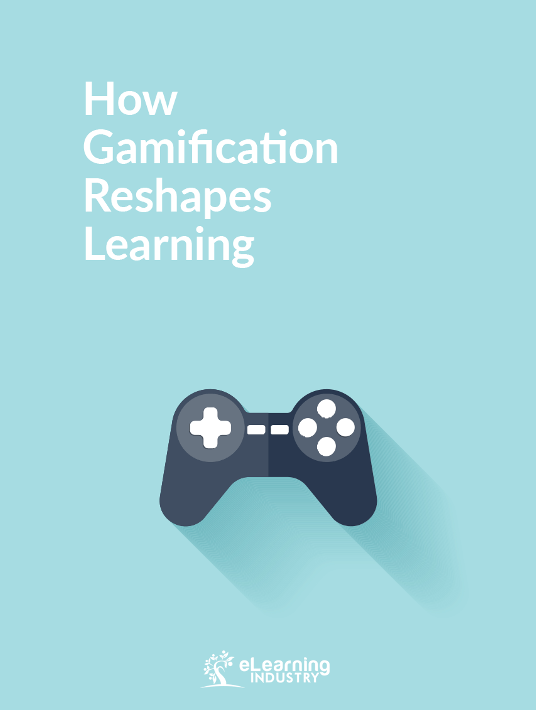Basic gaming principles are well known: challenges, points, rewards. Yet, an important strategy that has the potential to revolutionize training and performance improvement is to approach gamification holistically. Let’s step into the shoes of the learner and think about his or her experience.
The first moment of truth occurs on a macro level when learners first interact with a learning portal. Within the portal, the curriculum (you might call it the portal’s nervous system) defines and connects all the learning paths. If the curriculum is difficult to understand, it’s a de-motivator: think back to college when you tried to figure out the right classes you needed to graduate. An easy and engaging user experience will guide and motivate learners, which we know is the key to the portal’s adoption.
This is where gamification is your friend. Gamification helps learners interact with the curriculum in a different way, and forces portal designers to think more critically about the user interface, improving the experience. Here’s just one example: allow learners to collect badges by completing certain courses. Badges, in turn, increase the learner’s overall rank and unlock other more challenging courses. Now, learners have a clear picture of the path ahead of them and have fun along the way.
The second moment of truth happens at the micro level when learners experience their first learning event. At this level, a reward system provides guidance and engagement similar to the portal (macro) level. A sales course we recently developed had the goal of dispelling misconceptions about a product line: if learners could correctly identify the client’s misconceptions, they would earn a medal and unlock a humorous 3D animated video.
When thinking gamification, think holistically. Create a fun and engaging user experience, while guiding and motivating learners to acquire the knowledge and skills that will improve their performance, and you will accomplish your overall business objectives. It’s a win-win situation!
Discover more effective gamification techniques from John-Carlos at the SweetRush website: Creative Design for Engagement.



